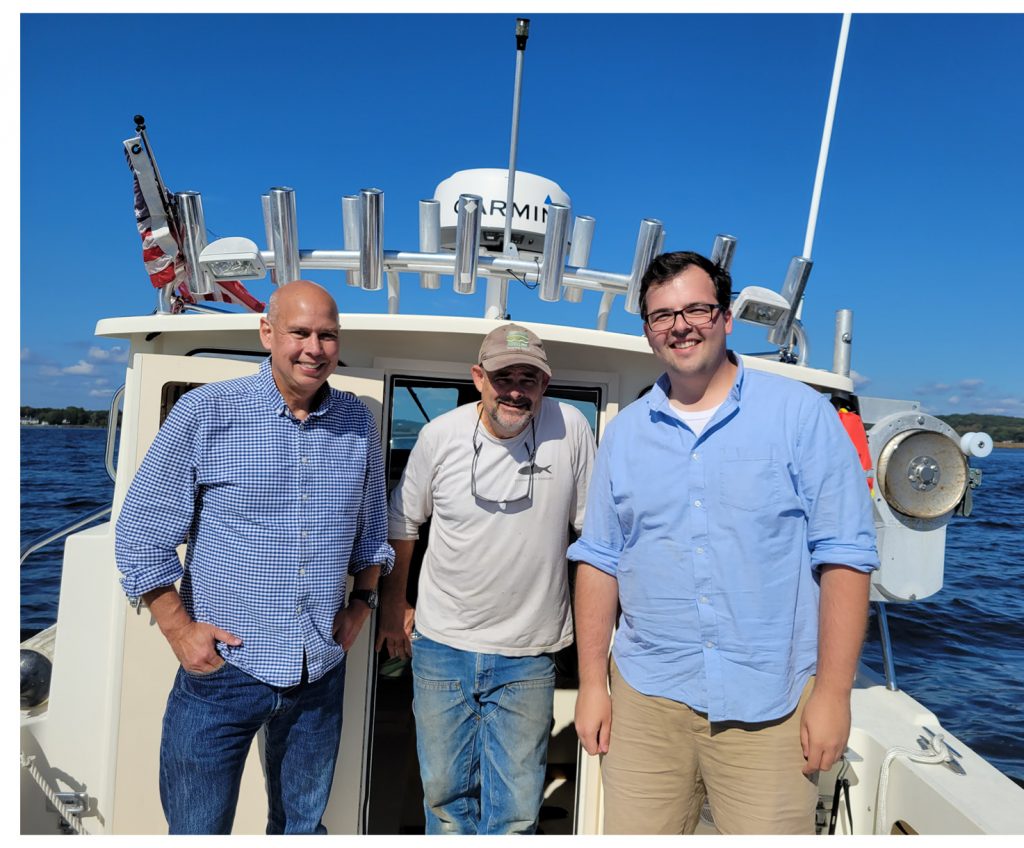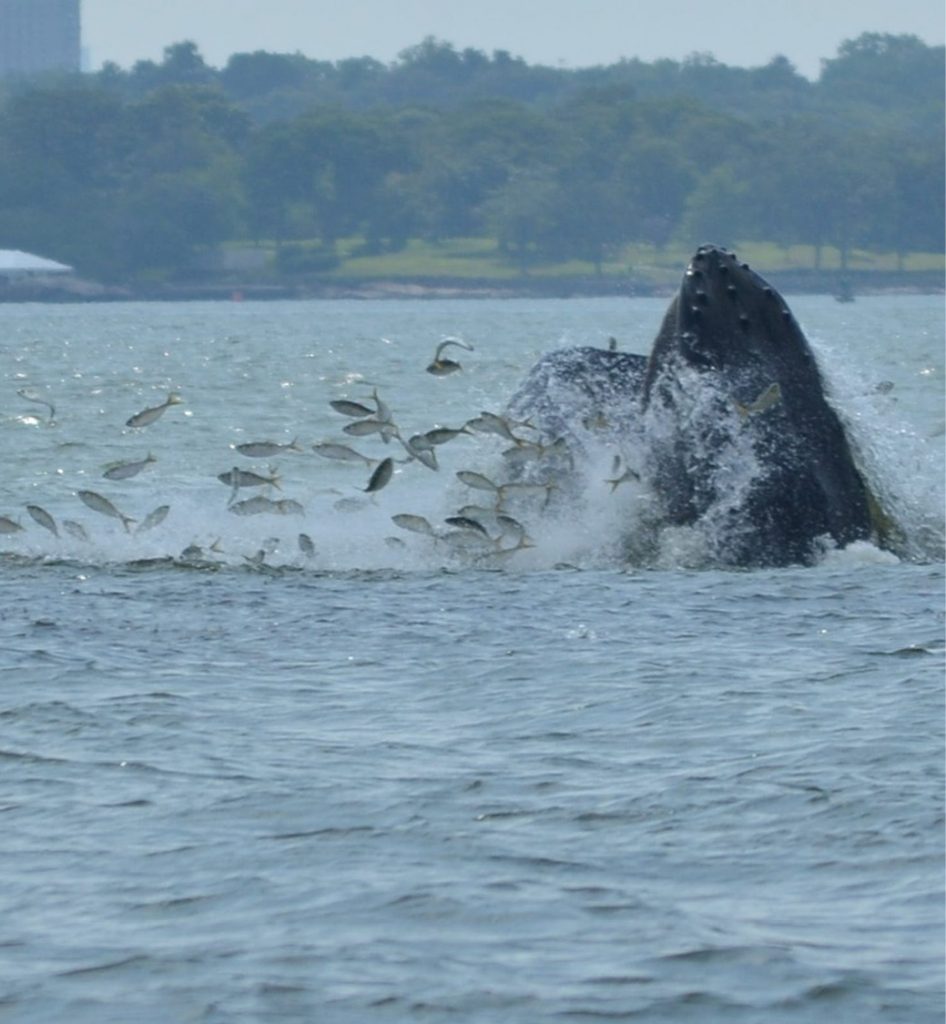The fall of 1972 was a time for inauspicious starts. Particularly on Long Island.
The New York Islanders debuted that year and suffered through one of the worst seasons in National Hockey League history. A young musician from Hicksville hit the road for Los Angeles, where he toiled in a piano lounge and took notes.
And on October 18, 1972, the Clean Water Act became law, ambitiously seeking in its first stated goal, “that the discharge of pollutants into navigable waters be eliminated by 1985.”
Success didn’t come immediately for any of those new arrivals to the Long Island Sound scene. Billy Joel wrote and recorded his autobiographical signature song the following year, but it took nearly a decade for it to become a monster hit. The Islanders didn’t hit their high note until the 1980s, a decade they opened by winning four straight Stanley Cups.
Today, the Clean Water Act is fifty years into its ongoing pursuit of unpolluted waters across the country. Its work is not done. Not nearly. But the progress it has enabled over half a century is undeniable.
“Long Island Sound would be a murky, brown, toxic mess if it had not been for the Clean Water Act,” said Curt Johnson, the recently retired president of Save the Sound – an organization also born in 1972, launched to do the vital hard work enabled by the new landmark environmental legislation.

Three Save the Sound staffers for whom the Clean Water Act remains at the core of their work are (l – r) Roger Reynolds, senior legal counsel; Bill Lucey, Long Island Soundkeeper; and Chris Kelly, Peter B. Cooper legal fellow.
To fully appreciate the condition of U.S. water bodies today, you have to remember what it was like back then. It was not exactly a “sea to shining sea” scenario when Congress overrode President Nixon’s veto to enact the Clean Water Act. Rather, prominent waterways were either on fire – like an oil-slicked stretch of the Cuyahoga River in Cleveland in 1969 – or they were dying, choking on decades worth of unchecked pollution, from the Great Lakes to Chesapeake Bay to Long Island Sound.
“There were political cartoons in the 1970s that depicted Long Island Sound as a toilet bowl,” said Roger Reynolds, senior legal counsel at Save the Sound, who has spent much of his career ensuring municipalities protect their local waters and residents in ways required by the Clean Water Act. “The Naugatuck River changed colors on different days, depending on what was being manufactured at the time.”
That’s not hyperbole. The dyes used by paper mills to color cardboard spilled into the Naugatuck and, inevitably, into the Sound. By 1989, much of the western Sound was polluted to a devastating degree. Oxygen levels had deteriorated from hypoxic – depleted to the point that water can become unsurvivable for fish and other aquatic life – to anoxic.
“Zero oxygen, from Bridgeport to New York City. There were dead fish everywhere. Lobster were crawling out of the water to try to breathe,” recalled Johnson. “We would’ve lost the Sound by now if that hadn’t been done.”
A huge step in the effort to diminish the amount of nitrogen entering the Sound came in 2000 when the EPA – under the authority of the Clean Water Act – helped states establish Total Maximum Daily Loads, enforceable standards for the amount of pollutants individual water bodies can safely tolerate. The standards were important; the crucial piece, though, was the enforceability.
Without it, the Clean Water Act would be little more than a suggestion. Speed limits don’t dictate how fast someone drives; the looming prospect of being pulled over and ticketed does. Backed up by the Clean Water Act, a host of environmental organizations, community groups, and even individual citizens serve as a force of traffic cops keeping watch over the Long Island Sound watershed and all of America’s waterways. That built-in We The People power provides a significant tool, empowering all corners of a community to combat new and emerging threats.
“The Clean Water Act is uniquely powerful because it requires all waters to be fishable and swimmable. Period. Hard stop.” said Reynolds, who has sought to encourage New York State to release criteria for making New York City waters swimmable again. “Most importantly, citizens and organizations like ours can bring citizen actions to enforce the law when government administrations fail to do so.”
Such actions have been essential in addressing the mounting challenge of stormwater pollution – the greatest contributor to water pollution we face today, and a problem that will only become more dangerous and damaging as water temperatures rise and heavy rain events become more frequent.
“Nobody thinks of stormwater as this big polluter. People picture a big pipe oozing green water. But it’s everywhere. It picks up everything on the ground and carries it into the water,” said Chris Kelly, Peter B. Cooper Legal Fellow at Save the Sound, whose job it has been to manage the organization’s ongoing lawsuits against several municipalities in Connecticut, holding them accountable to those fishable and swimmable mandates. “The Clean Water Act is both fixing the pollution problems of the past and giving us the tools to keep going in perpetuity.”

WindCheck readers of a certain age, recalling the sad state of Long Island Sound’s waters before the enactment of the Clean Water Act in 1972, could scarcely have imagined we’d see the likes of this humpback whale feasting on menhaden off New Rochelle, NY a few years
Learn more at savethesound.org ■




